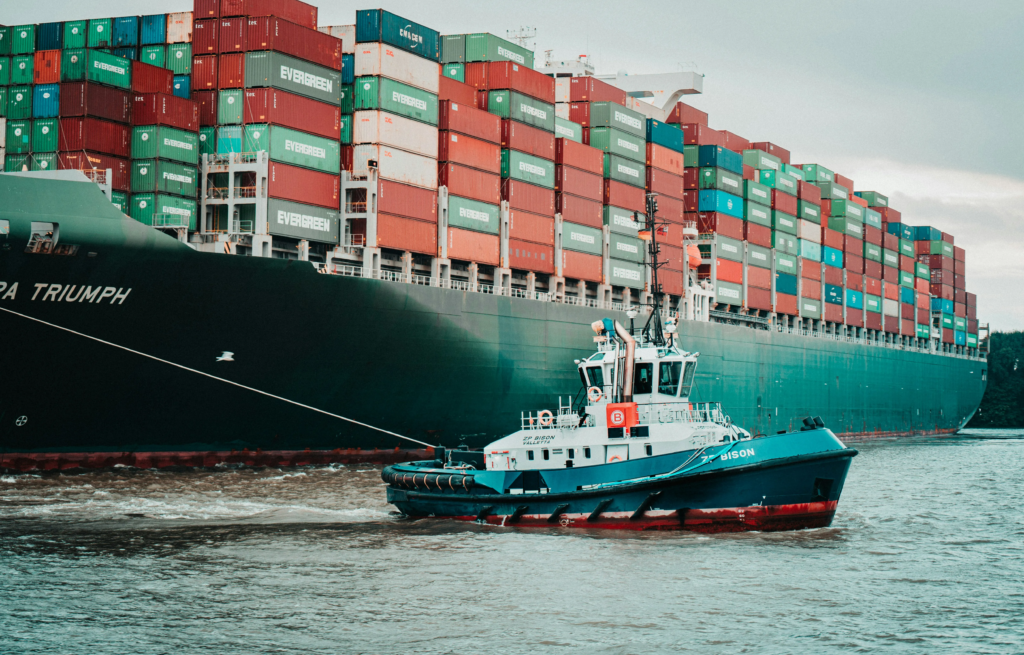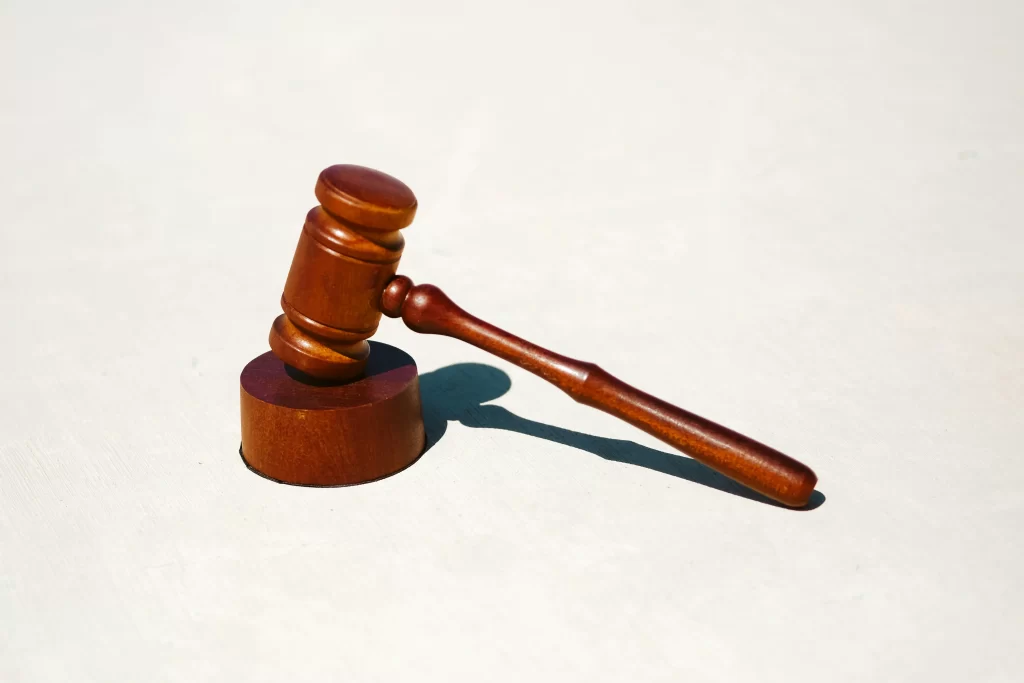If you had walked down Santee Alley in California in 2019, you would have probably been enticed by the lively bustle and endless display of products, but not particularly fazed. After all, what more commotion could be made about the Kylie lip kit or the Charlotte Tilbury bronzer that hadn’t been made before? But what isn’t immediately visible, is the fact that 80% of the cosmetics sold in this small stretch is counterfeit.
The prevalence of counterfeit products in places like Santee Alley underscores the critical need for active brand protection. Let’s discuss more in depth the difficulties of brand protection, specific brand protection measures, as well as the necessity of brand protection services.

Section 1: Understanding Brand Protection
What is Brand Protection
Simply put, brand protection refers to the measures taken to protect a company from brand abuse, which is the unauthorized and unethical use of its intellectual property (IP) rights, including trademarks, logos, and of course inventions. Brand abuse comes in different forms, the most common being counterfeit goods, scam websites, trademark infringement, and patent theft.
There are many factors that make brand protection costly and time consuming, with each type of brand abuse associate with its own set of complications. When it comes to combating counterfeiting, there are a few things that make it difficult:

Intellectual Property (IP) Rights
The basic function of IP is to provide legal protection against unauthorized use and production of inventions belonging to the brand. Before anything else, make sure that you have registered your IP with the relevant agencies, including trademarks, patents, and copyrights.
IP registration is the basis to engaging in legal action against IP infringers, but it’s not the end all be all. Regularly auditing and updating IP registrations is also crucial as your brand expands and evolves. This way, brands can ensure they receive the financial benefits of their creative works, as well as differentiate their goods and services from competitor offerings.
Section 2: Brand Protection Strategies
There are various brand protection measures that a company can engage in to protect its IPs, which involves market surveillance, technological tools, and raising awareness on the consumers’ end.
Market Surveillance
A significant portion of counterfeit sales are made online, so counterfeit listings cut deep into a brand’s revenue. Not to mention that many scam sites use the likeliness of existing sites to extract sensitive information from users, which could cause significant damage to a brand’s reputation. Therefore, market surveillance constitutes an important aspect of brand protection strategies.

Brands should be aware to consistently use software to scan for scam websites and social media platforms for counterfeit listings. It’s also important to regularly audit suppliers and distributors to ensure that they are complying with brand standards.
Technological Solutions
As methods of brand abuse become more prevalent and sophisticated with time, it’s important to utilize advanced technologies to sort through the wasteland of counterfeits and phishing sites. There are a few technologies that have been leveraged to specifically combat brand abuse, such as digital watermarking.
Digital watermarking can be used across almost any object or media, and it refers to embedding digital signatures or watermarks in products to verify authenticity. Serialized packaging, commercial print, and audio content are only some of its use cases.
Blockchain and AI-Powered Tools (used to detect and analyze counterfeit patterns and trend) are also common technological solutions for tracking copyright infringement and other forms of brand abuse.
Consumer Awareness and Education
There will always be consumers who unknowingly purchase counterfeit cosmetics either due to lack of awareness, the desire for cheaper alternatives, or making purchases through illicit sources. Simply trying to mitigate the production and distribution side is not enough, there also needs to be efforts made to mitigate demand and consumption. There are a few ways we can provide more education and support to consumers in this respect.
Section 3: The Role of Brand Protection Services
Other than the most obvious matter of revenue loss, reputational damage and brand dilution are both consequences of lax brand protection. However, for small to mid-size brands that are unable to divert resources towards protecting their brand image, what are their options?
The most immediate solution is to seek assistance from professional brand protection services. Depending on the size of your brand, the severity of the situation, and the type of brand abuse, your demands for brand protection might differ, but usually they provide the following services.

Detection and Monitoring
One crucial function of brand protection services is market surveillance, namely detecting and monitoring brand infringements across online and physical platforms. Certain brand protection services also use tools to track and analyze large amounts of data in collaboration with government agencies.
For private companies with no experience and little understanding of the procedures involved, monitoring brand abuse becomes much more difficult. This applies to counterfeit goods, trademark or patent infringement, and digital brand abuse. In instances like this, the expertise of a brand protection service is crucial.
Government Agencies
Government agencies such as the U.S. Customs and Border Protection (CBP) specialize in identifying counterfeit goods at ports of entry. Usually this involves specialized technology, such as X-Ray and imaging technology, to inspect the contents of containers and search for contraband materials or illegal ingredients. It also involves utilizing the agency’s extensive E-Recordation system, where brand owners can record their trademarks and copyright. This is used to distinguish between genuine and counterfeit items.
Compared to private enterprises, the CBP has significantly more manpower and resources to engage in counterfeit detection. This is why private brand protection agencies often work with government authorities to share data and intelligence, as well as participate in joint operations to seize counterfeit goods and apprehend counterfeiters.
Enforcement and Action
The earlier brand protection services are able to detect counterfeit activities or copyright infringement, the earlier the brand is able to take action. If counterfeit listings or scam websites are allowed to run rampant, then the long-term financial lost and brand dilution will be difficult to salvage.
Early detection, however, is just the first step. Enforcement and action are critical, yet many brands lack experience in this area, particularly in legal proceedings. This involves issuing cease-and-desist letters, employing legal defense systems, and collaborating with law enforcement agencies to shut down counterfeit operations.
Conclusion
For brands, it’s important to invest in comprehensive protection strategies, not just as a defensive measure, but as a proactive step towards securing your brand’s future. Effective brand protection involves a combination of proactive monitoring, legal enforcement, consumer education, and technological solutions.
However, in cases where brands have limited resources and experience, employing brand protection services might be beneficial. Through collaborations with government agencies and access to specialized tools, brand protection services can help brands maintain brand image, consumer trust, and ultimately ensure sustainable long-term growth. If you have any concerns about protecting your brand, feel free to reach out to us.
